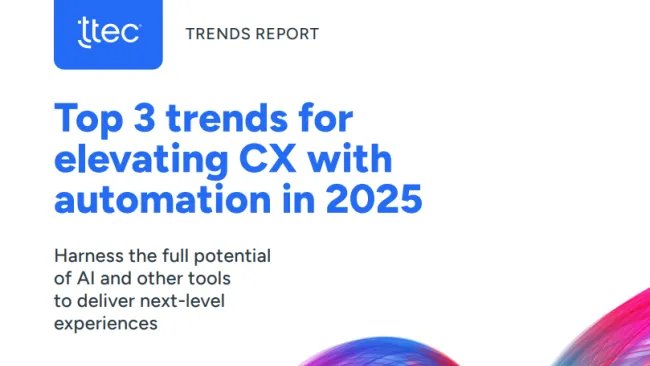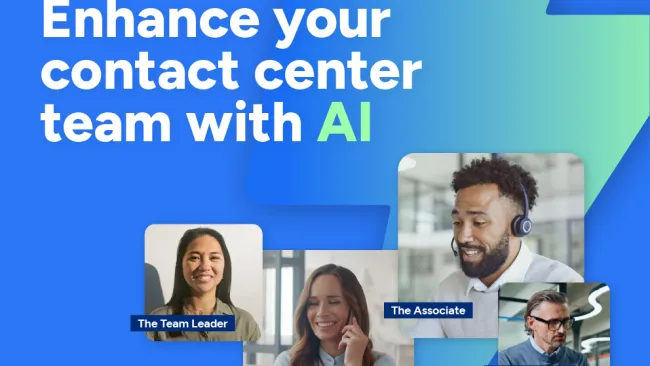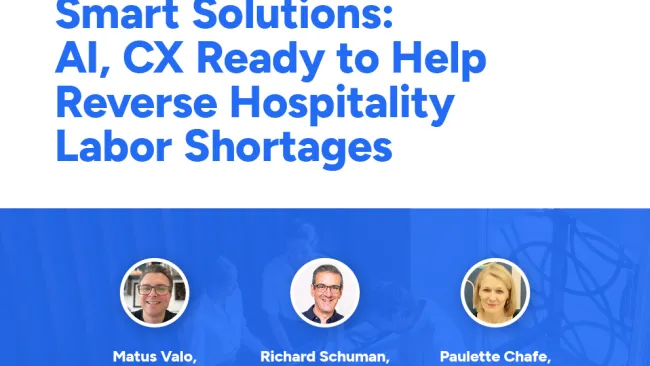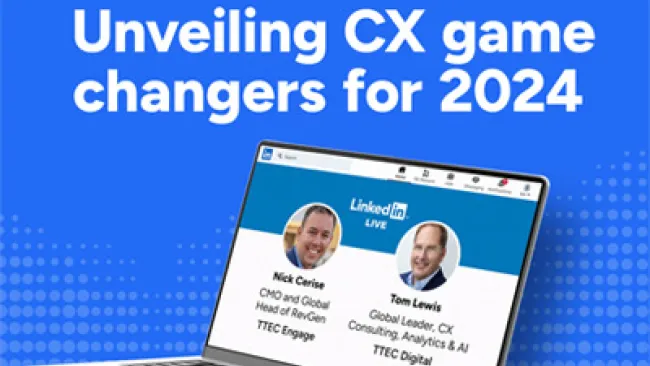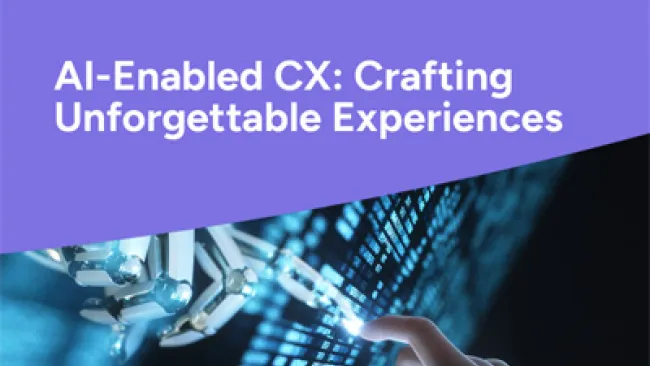Crowe’s original article, Modern Customer Journeys Require New Skills In The Contact Centre, was featured on TheHRDIRECTOR.
In my last article, I wrote about the excitement of working in a contact centers in the 2020s. Far from the stereotype, modern contact centers are full of emerging technologies, such as Big Data analytics and AI, making them a fantastic place for people to build a career in are-as as diverse as sales, marketing, and technology.
I want to give some context to that last article. I did include a bullet-point list of modern contact center skills, but I didn’t explain why contact centers have evolved so much. What’s driving this change?
Back to basics
What is a contact center for in the first place? Almost every company needs to manage in-teractions with their customers by managing a customer service process. This is traditional-ly where the contact center has been applied.
Companies use the jargon ‘customer journey’ to describe the initial point that a customer becomes aware of a product or brand, then searches for more information, makes a pur-chase, and interacts with the brand. Traditionally this journey has been almost exactly like this. The customer sees some advertising, searches for more information, buys the product, and only then will call if they have a problem or question.
This is the traditional view of the contact center - people calling all day to complain about the product they bought that doesn’t work or has disappointed them.
A changing CX landscape
But the modern reality is that the customer journey is nothing like this anymore. Think about the last time you learned about an interesting new product. It may have been from a blog, a social media post, an online review - usually created by a customer, not the brand. Custom-ers are now using so many different channels to gather information and they are also creat-ing all this content too. It’s impossible to suggest that the start of a modern customer jour-ney will always be the billboard ad placed by the side of the A4.
So how does this reinforce my earlier article about the modern skills required in a contact center?
This changing customer journey has led to an increasing focus on the customer relationship. We often talk about customer relationship management (CRM) software as a sales tool, but I think that the CRM approach is how all companies need to think about their customer jour-ney. They need to manage customer relationships, not just customer service.
Your customers are getting in touch a long time before they are ever customers. It’s not just directly in response to an ad. People are constantly engaging with companies today, gather-ing information and gauging how they feel about a brand. Look at the Twitter for a brand like VW and you can see potential customers asking how long it will take from purchase to delivery of a new Touareg. Your customers are engaging before, during, and after a pur-chase.
They are using social channels to continue ongoing conversations. Look at Sainsbury’s an-swering questions about garlic and turkey on Twitter or Asos, where every new photo on Instagram sparks a conversation between thousands of people.
Visionary companies are now thinking in terms of the total lifetime value (TLV) of each cus-tomer, rather than just using metrics that measure each individual engagement in a contact center. The value is in building a relationship that lasts for the next 40+ years and that does not happen by trying to close a sale as quickly as possible. Brands are slowly nurturing cus-tomers so they become more like fans - look at how effectively this works for leading brands like Apple and consider how powerful that is - your customers are telling their friends about your products.
Breakdown, and rebuild, customer service
The important focus is a breakdown of silos. Any function that interacts with customers can no longer consider that they have a distinct and separate place on the customer journey. All customer interactions need to be coordinated so that means your advertising, marketing, PR, sales, and customer service team all need to start working together to build that life-time relationship with the customer - they can’t hand a customer over from sales to cus-tomer service because the purchase has already happened.
Modern customer engagement requires sentiment analysis to understand online discussion, data analytics so you understand what the customer likes and dislikes, and the use of tools such as AI to spot and react to patterns of behaviour. The skills required in a modern contact center now embrace all these new technologies and all these traditional customer-facing processes that used to be thought of as distinct from customer service.
The modern customer journey means a career in a contact center is a far more challenging and interesting prospect than ever before. Contact centers are where emerging technologies are being tested and proven. Are you ready?







